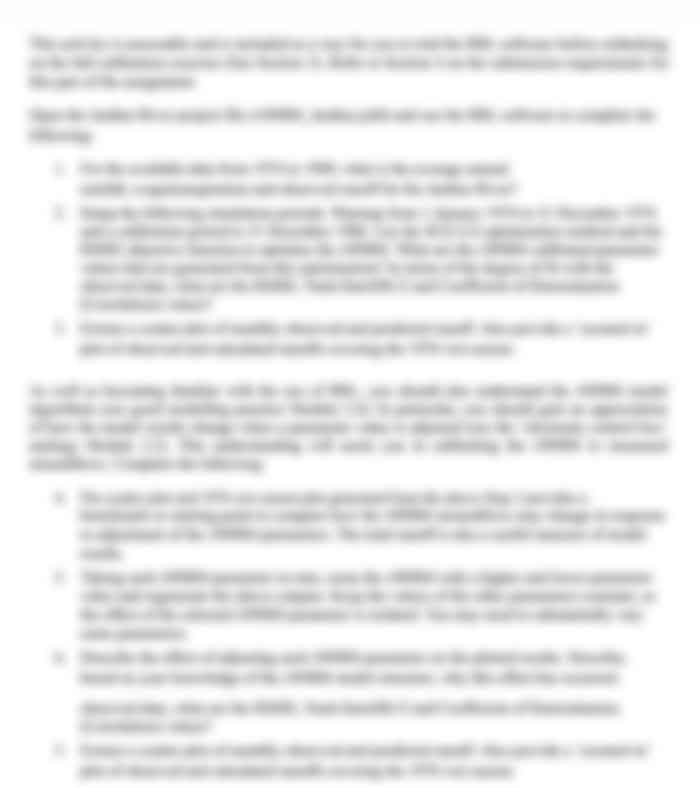Netscapes Initial Public Offering Assessment
- Country :
Australia
Netscapes Initial Public Offering
On August 9, 1995, Netscape went public with an initial public offering (IPO) of 5 million shares priced at $28 per share. The events leading up to it provide an ideal setting for discussing IPOs as a financial execution decision, and for exploring the problems associated with the valuation of small, rapidly- growing high-technology stocks for which there are very few comparable companies to benchmark against.
Questions:
- (10 points) Describe Netscapes business model and its main
- (15 points) What sources other than the public equity could satisfy Netscapes funding needs? Comment on What might be its funding needs over the next 5 years? (Use the assumptions and constant growth rate from question 5 to answer).
- (15 points) Why, in general, do companies go public? What are the advantages and disadvantages of an IPO relative to other sources of financing?
- (20 points) The case points out that the IPO market is sometimes characterized as a hot issue period, and that many IPOs are viewed in retrospect as having been underpriced. What might explain these phenomena? Should the Netscape board be concerned about underpricing? Why or why not?
- (20 points) Can the recommended offering price of $28 per share be justified? In valuing Netscape, you might find it helpful to use the following assumptions:
- Assume the valuation was done at the end of 1995
- Total cost of revenues remains at 4% of total revenues;
- R&D remains at 8% of total revenues;
- Other operating expenses decline on a straight-line basis from 9% of revenues in 1995 to 20.9% of revenues in 2001;
- Capital expenditures decline from 8% of revenues in 1995 to 10.8% of revenues by 2001;
- Depreciation is held constant at 5% of revenues and is embedded in other operating expenses;
- Changes in net working capital of essentially zero;
- To calculate terminal value: long-term steady-state growth of 4% annually after 2005;
- Use a discount rate for equity of 12%.
- Tax rate: 34%
- No limit in the tax loss carry forward amount that you can apply every year
- You may disregard interest expenses in your analysis
Given these assumptions, and starting from its current sales base of $16.625 million (assume values in Exhibit 1 are yearly values for 1995), how fast must Netscape grow on a constant annual basis over the next ten years to justify a $28 share value? Complement your analysis with multiples.
- (20 points) As an executive of Netscape, what would you recommend with respect to the proposed offering price? What would existing investors in Netscape recommend? As the manager of an institutional fund who was willing to buy and hold Netscape's stock at the originally proposed price of
$14 per share, how would you feel about this initial offering price of $28 per share?
Format: 4-to-5 pages including tables, put the file on Moodle.

